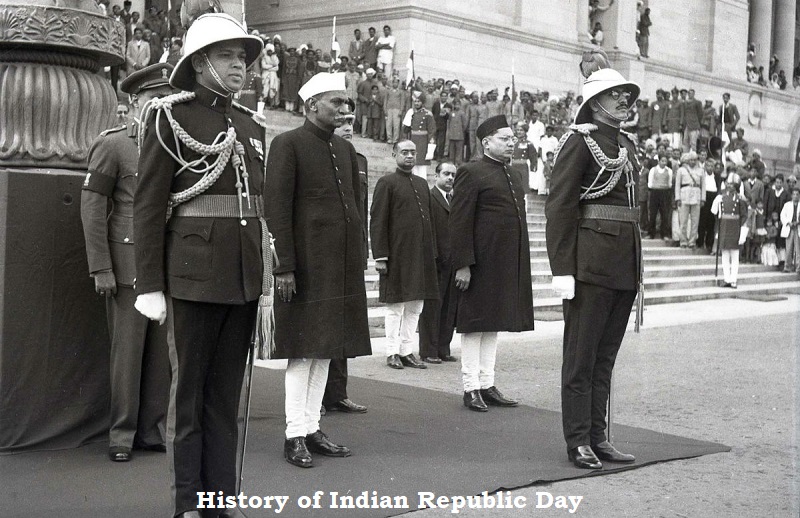
Following the Indian independence movement, the nation was free from the British Raj on August 15, 1947. British India was divided into two new independent Dominions of the British Commonwealth by the Indian Independence Act 1947 (10 & 11 Geo 6 c 30), which was an Act of the British Parliament (later Commonwealth of Nations).
India became a constitutional monarchy on August 15, 1947, with George VI serving as the head of state and the Earl Mountbatten serving as governor general. But the nation did not yet have a permanent constitution; rather, the modified colonial Government of India Act 1935 served as the foundation for its legal system.
A resolution was proposed on August 29, 1947, to establish the Drafting Committee, with Dr. B. R. Ambedkar as chairman, with the task of drafting a permanent constitution. While India commemorates its independence from British rule on Independence Day, it celebrates the implementation of its constitution on Republic Day.
The committee created a draught constitution, which was delivered to the Constituent Assembly on November 4th, 1947. Before passing the Constitution, the Assembly convened for 166 days in open sessions that lasted two years, 11 months, and 18 days.
On January 24, 1950, after much deliberation and some amendments, the 308 members of the Assembly signed two handwritten copies of the document (one in Hindi and one in English).
Two days later which was on 26 January 1950, it came into effect throughout the whole nation. On that day, Dr. Rajendra Prasad began his first term of office as President of the Indian Union.
The Constituent Assembly became the Parliament of India under the transitional provisions of the new Constitution.

Post Your Comments